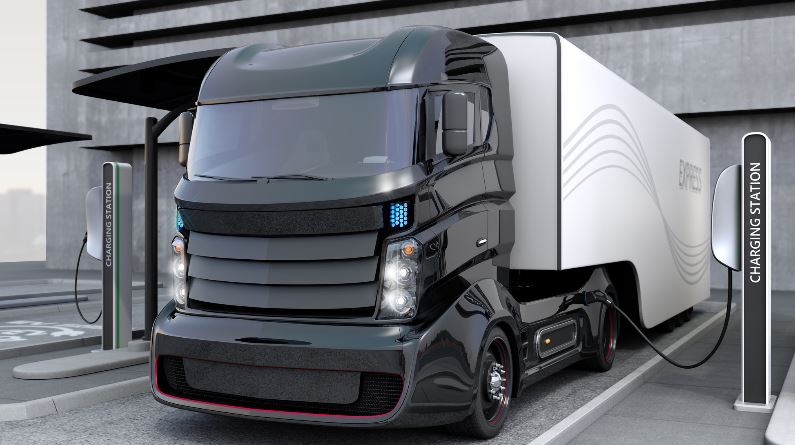Higher Adoption of Emerging Technologies in Commercial Vehicles Stoke OEM Collaborations

AI, telematics, Big Data analytics are creating opportunities for greater autonomy in CVs
Commercial vehicle original equipment manufacturers (CV OEMs) and Tier-1 suppliers are expected to increase investments in disruptive technologies with demonstrated ability to decrease supply chain complexity and increase efficiency. Transportation, which is at the core of supply chain logistics, is undergoing a transformation with the help of technologies such as Artificial Intelligence (AI), Internet of Things (IoT) and telematics, data analytics, and blockchain. The growing need to bring these technologies to the market quickly to grab the first-mover advantage is resulting in a series of collaborations and M&As with technology providers.
“The rapidly rising use of telematics and IoT in CVs is generating vast data sets, which need to be utilized effectively through Big Data analytics,” said Vineeth Purushotham, Research Analyst, Mobility. “Meanwhile, this convergence of technologies is prompting OEMs to develop innovative business models such as digital freight brokerage services and Truck-as-a-Service. There will also be greater OEM focus on truck leasing, financing, used truck sales, and tractor-trailer integration.”
Frost & Sullivan’s recent analysis, Global Supply Chain Logistics Trends and Challenges and Their Implications on CVs, 2018–2025, analyzes the trends and challenges in the supply chain logistics industry and their implications on CVs. It presents the key Mega Trends that will influence the global freight transportation industry as well as the new business models. It also examines the major technology companies and start-ups entering and investing in the industry and studies the implications of key technological disruptions on stakeholders.
For further information on this analysis, please click here.
“Urban restrictions and emission regulations across the globe are enabling last-mile delivery innovations that will increase the uptake of electric CVs,” noted Purushotham. “Medium- and heavy-duty CV OEMs such as Volvo, Scania, and Daimler are investing heavily in innovations in electric/fuel cell powertrains. Light CV manufacturers, on the other hand, are collaborating and partnering with technology companies and logistics providers on urban delivery innovations.”
Digitization of the supply chain is helping OEMs tackle key issues of complexity and increased service requirements. For enhanced customer value and growth opportunities, CV OEMs and logistics service providers will look to:
- Develop a connected supply chain ecosystem.
- Focus on the less than truckload (LTL) mode of transportation with the emergence of online digital platforms and connected devices.
- Shift toward demand-driven logistics models, outsourcing, and one-stop solutions.
- Improve telematics and redesign the body and cabin with the rise of autonomous vehicles.
- Employ delivery bots to solve the last-mile delivery challenge, as they are more cost-effective and have fewer regulatory mandates.
- Develop agile urban trucks with increased maneuverability.
Global Supply Chain Logistics Trends and Challenges and Their Implications on CVs, 2018–2025 is part of Frost & Sullivan’s global Automotive & Transportation Growth Partnership Service program.
Category: AUTONOMOUS, Connected Fleet News, Equipment, Featured, Fleet Tracking, General Update, News










